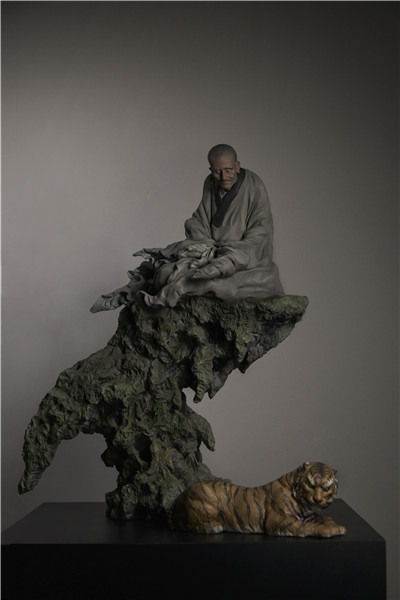 |
|
[Photo provided to China Daily] |
His Tianjin workshop hosts a research center with the city's Nankai University that offers comparative studies that examine the figurines' differences from, and similarities with, Western sculptures.
Western sculpting traditions since ancient Greece focused on light and shadow, and the strength of the stone, he says.
Traditional Chinese sculpting, instead, pays more attention to shifting lines and conveys more solemn auras, he explains.
"But, unlike painting, Chinese sculpture didn't enter the realm of the literati's fine arts in ancient times. It was always treated as something from grassroots artisans," Zhang Yu says.
That attitude continues to influence today's thought.
His workshop hosts about 20 apprentices, many of whom graduated from top-level art colleges.
But Zhang Yu regretfully says he rarely sees satisfactory works and he hopes to recruit more students.
"It takes at least five to six years of intense practice making figurines until you develop your own style," he says.
"But the students who've long followed Western-style syllabuses often consider themselves artists upon graduation and want to immediately engage in self-expression rather than honing their techniques.
"If someone is merely diligent but without a broad horizon, their works will likely be of poor taste."
He encourages his apprentices to, over time, develop a summary of theoretical systems for traditional Chinese sculpture, which isn't as established as in the West.
He's also seeking channels to take Niren Zhang abroad.